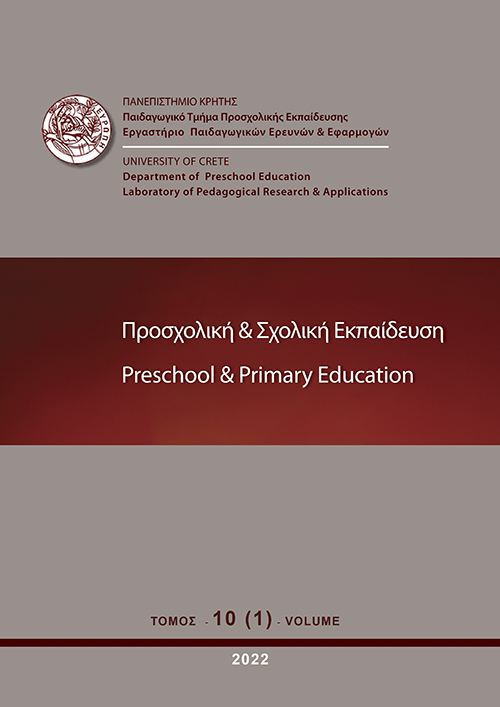Developing students’ creativity by infusing activities in the mainstream curriculum

Abstract
Over the past decades, creativity has been recognized as a critical factor of worldwide prosperity in various domains such as the economy and technology (Ambrose, 2005‧ Kaufman & Beghetto, 2009‧ Rawat, et al., 2012‧ Sternberg, 2012). Education curricula regulate educational processes and appear to play a very important role in creativity development. Especially in centrally controlled curricula where examinations, accountability and pressure for high achievement prevail creativity does seem to receive the required attention (Beghetto, 2005‧ Craft, 2003‧ Hunter, et al., 2007‧ Jeffrey & Craft, 2004). Although there is a need for such an educational aim in Greek society in recent years, cultivating creativity in Greek schools has not been a primary aim of formal educational policy. Most of the programs for cultivating students’ creativity have been implemented as extracurricular activities and, in general, they appeared to be very effective. Educational programs which are especially designed for creativity training have been characterized not only as extracurricular, but extra-extracurricular. In other words, they are considered less important than the core curriculum subjects and even less necessary than extra-curricular activities such as sports, drama etc. (Beghetto & Plucker, 2006). The real challenge for schools is to enhance creativity through their mainstream formal curriculum. Within this framework, the purpose of the present paper was to investigate whether student creativity can be enhanced through infusion of creative activities in everyday teaching in Greek primary schools which follow a mandatory, centrally imposed curriculum with state-issued handbooks and pre-defined activities. The present paper focuses on studying teachers’ and students’ perceptions of students’ creative abilities, as well as on investigating the possibility of enhancing creativity in the 5th and 6th grade of Greek primary school by using creative writing activities in the subject of Modern Greek Language. In order for this investigation to take place, a quasi—experimental design was employed. The sample consisted of 98 students with a mean age of 11.5 years, divided into two groups, the experimental group where participants received the formal curriculum-based instruction with supplementary infusion of ideas/generation tasks, while the control group participants received formal curriculum-based teaching. Data were collected through: a) a self-reporting questionnaire of student’s and teacher’s perceptions of student’s creative ability and b) a self-made test of creativity consisting of two equivalent forms for pre and post testing. The findings demonstrated that creativity can be improved even in strict centrally controlled curricula and therefore the infusion of creativity tasks in formal curricula could be beneficial to develop creative thinking.
Article Details
- How to Cite
-
Ιωαννίδου Α., Ζμπάινος Δ., Καρατζάνος Δ., & Σαγιά Χ. (2022). Developing students’ creativity by infusing activities in the mainstream curriculum. Preschool and Primary Education, 10(1), 25–45. https://doi.org/10.12681/ppej.27436
- Section
- Articles

This work is licensed under a Creative Commons Attribution-NonCommercial-ShareAlike 4.0 International License.
Authors who publish with this journal agree to the following terms:
- Authors retain copyright and grant the journal right of first publication with the work simultaneously licensed under a Creative Commons Attribution Non-Commercial License that allows others to share the work with an acknowledgement of the work's authorship and initial publication in this journal.
- Authors are able to enter into separate, additional contractual arrangements for the non-exclusive distribution of the journal's published version of the work (e.g. post it to an institutional repository or publish it in a book), with an acknowledgement of its initial publication in this journal.
- Authors are permitted and encouraged to post their work online (preferably in institutional repositories or on their website) prior to and during the submission process, as it can lead to productive exchanges, as well as earlier and greater citation of published work (See The Effect of Open Access).


